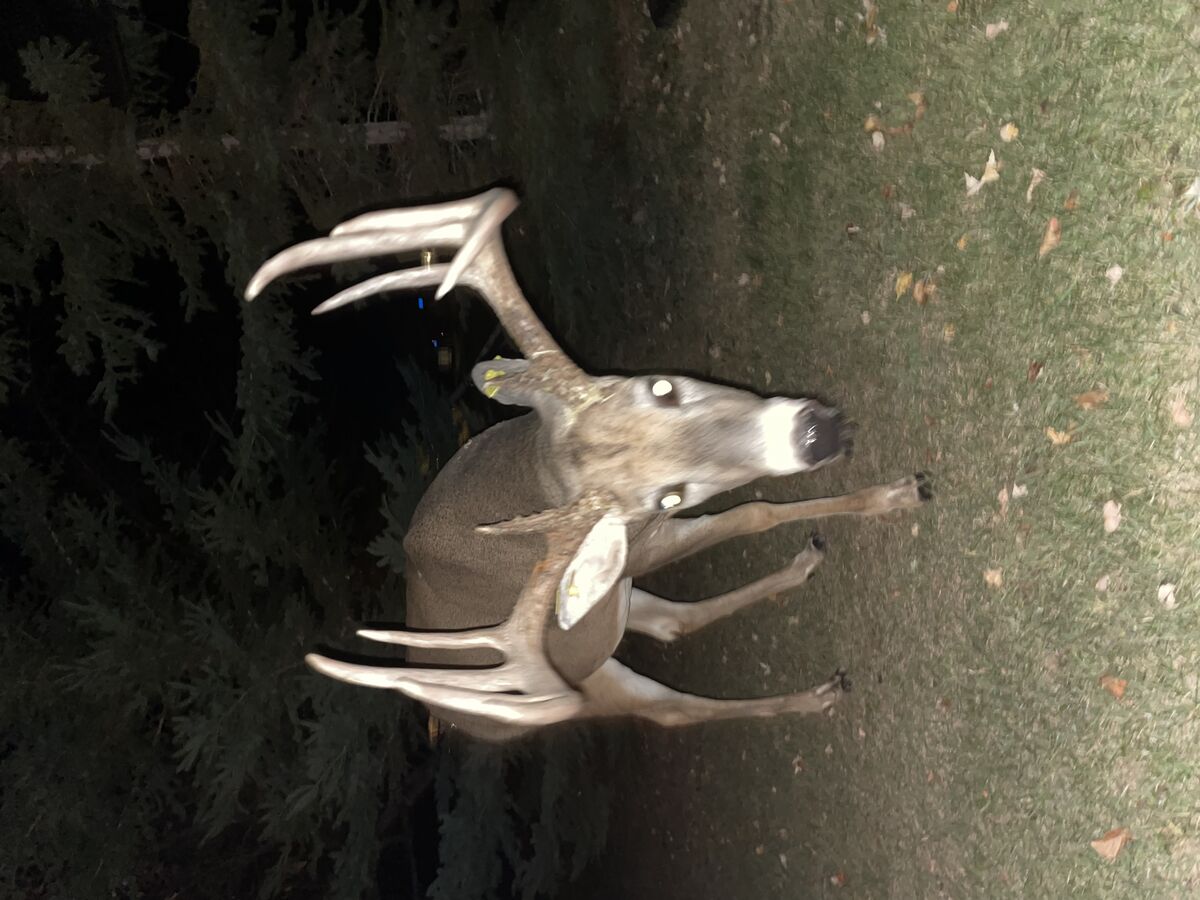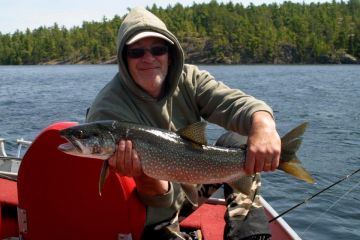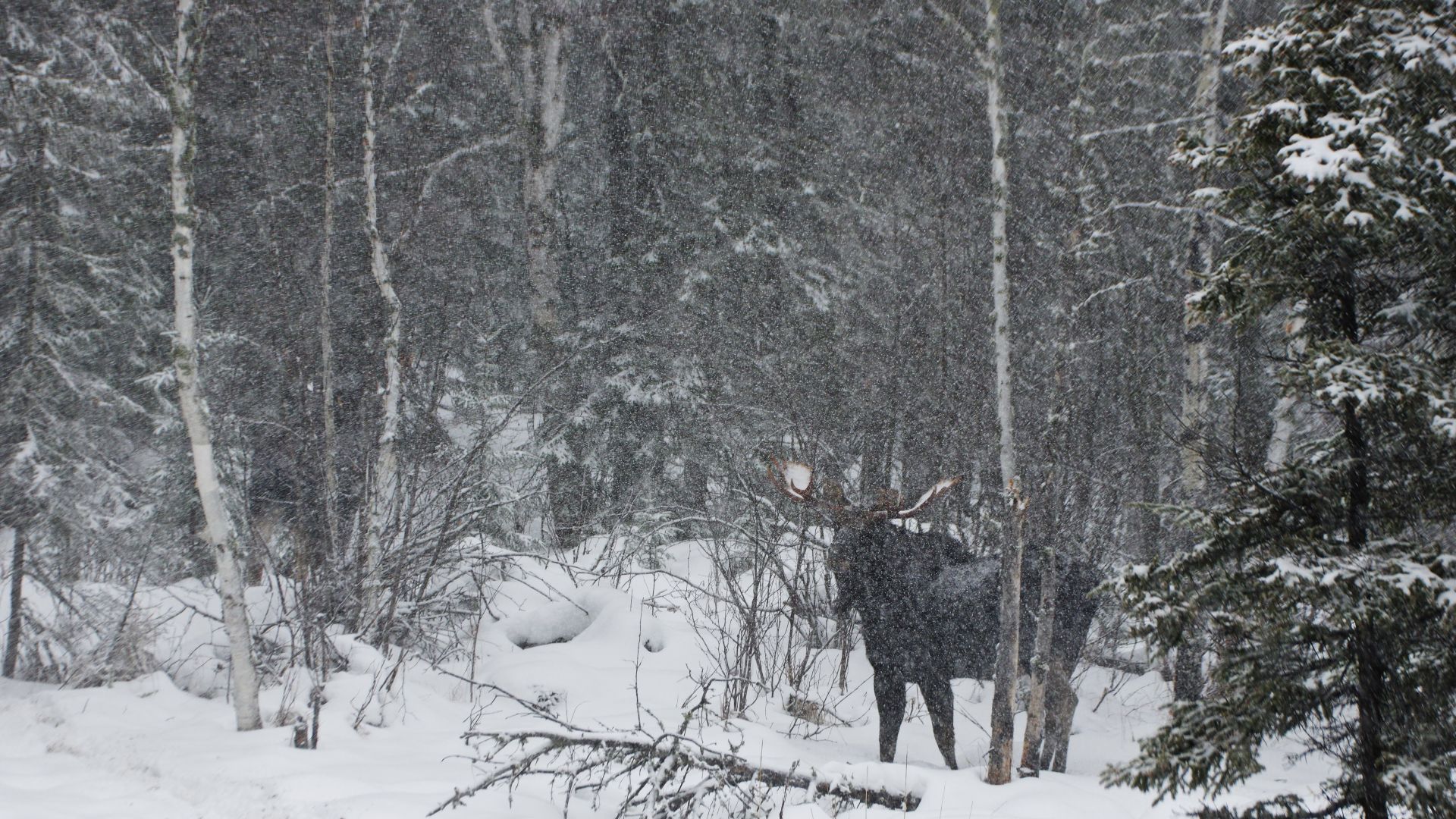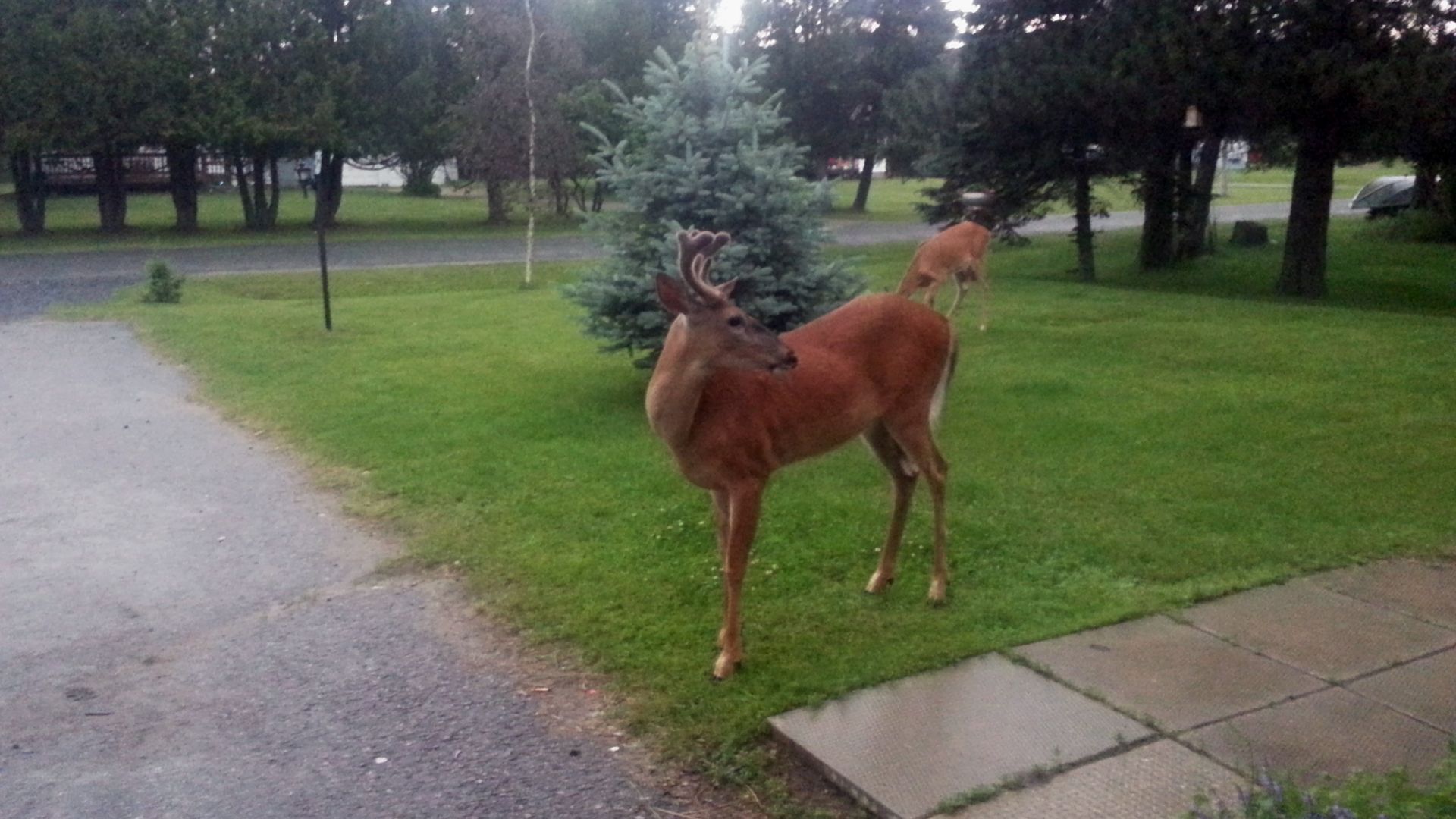With the Boreal forest as the dominant landscape feature and 70,000 freshwater lakes, Ontario's Sunset Country is a great place to see and view wildlife. If you've visited here before, you've likely seen some wildlife. Sunset Country is a good place to visit for those who take wildlife viewing more seriously and want to experience the animals and bird species of the Northern Boreal forest. Remember that some of the best opportunities you'll have to see wildlife will be inadvertent, a surprise and the actual "viewing time" may be pretty fleeting.

But there are ways to see more wildlife more often, so I wrote this article to provide a few suggestions - call them tips if you'd like - to improve your wildlife viewing experience. I live here, and as an amateur nature photographer, I have learned a few things simply through trial and error. The following suggestions will help you decide whether you hope to see wildlife on your trip or actively seek the animals out. Here are a few pointers:
- Respect wildlife and your safety at all times. If viewing them is hazardous to their or your safety, back off and try again another time.
- In summer, dusk and dawn are generally when animals are most active, as opposed to the middle of the day, when it is hottest. Therefore, this is generally the best time to see wildlife.
- Inadvertent sightings are common, so have your camera ready. Remember that in Ontario, you cannot drive and use a hand-held device (it's okay for passengers), but don't stop in the middle of the highway to take a picture. Safely pull off from harm's way and hope the animal is still visible.
- If you photograph birds, a tripod and camera are necessary for the best results.
- Use manual focus over auto-focus on your camera (if available). Auto settings are okay, but using manual settings produces the best images. Often, the animal is in sight for a brief period, making time of the essence, so auto settings are faster with still good results.
- Protect yourself from bugs if you seek animals and be in the bush for a while. Deet-based repellant is a must, and a head net is not a bad idea, especially in May and June into July.
- When first trying to locate wildlife, look for movement along tree lines, on lakeshores, etc. It is your best indicator. If you're serious, bring a pair of binoculars; they are handy.
- Look for contrasts in shapes and colour; anything that looks out of place could be an animal standing still.
- Minimize movements. By staying still, an animal may perceive you as less of a threat and stick around longer.
- Use your ears and your eyes. This is primarily useful for viewing and photographing birds.
- Take extra care with predatory animals such as lynx, timber wolves, and bears. They are generally the kings of the immediate area, so never approach too closely.
- Bald eagles are everywhere in Sunset Country, as are loons. These bird species, whitetail deer, fox, and black bears, are the animals you will encounter most often. You'll have a decent chance of getting good images of these animals.
- A telephoto lens is best for using an SLR camera. It allows you to get good images from a much further distance.

So many of these points are obvious, and again, remember first and foremost that seeing wildlife is a privilege, and you should regard it as that. Respect the animal's space at all times. The worst I have seen online are videos of people in motorboats running close alongside a cow moose and her calf while they were swimming. This is not only stupid; it was hazardous for the cow and her calf, who could have panicked and drowned. Again, you should be okay if you use common sense and discretion.
The images accompanying this article were taken in my travels across Sunset Country. I hope you enjoy them!



